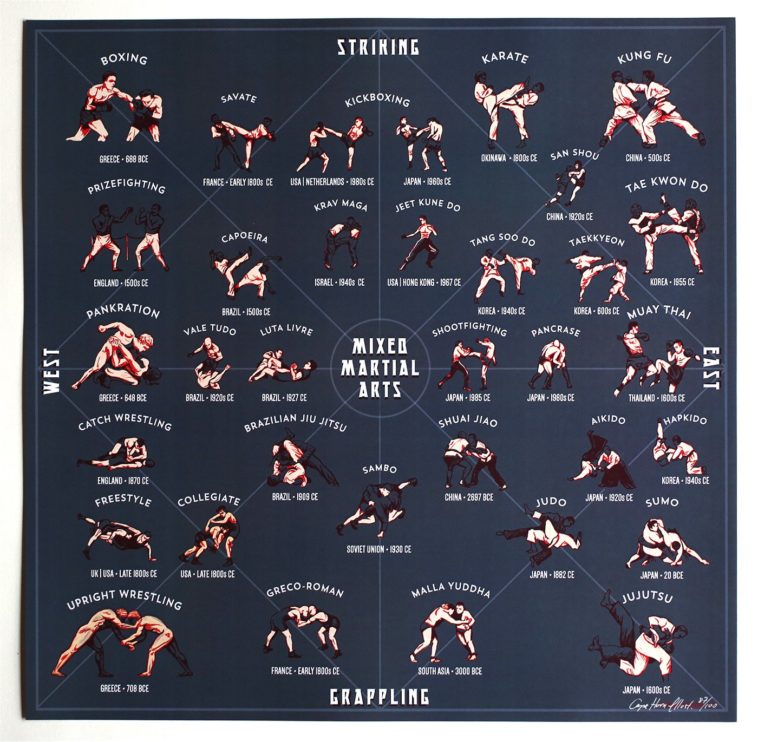Exploring The Differences Between Conventional Martial Arts And Contemporary Combat Sports
Exploring The Differences Between Conventional Martial Arts And Contemporary Combat Sports
Blog Article
Short Article Written By-Camp Burch
When you consider martial arts, do you lean more towards the conventional techniques or the modern-day combat sporting activities? Each path offers distinct advantages and experiences, formed by their ideologies and training techniques. Typical martial arts stress personal development and technique, while modern fight sporting activities focus on competition and performance. Recognizing these distinctions can assist you in selecting the best technique for your trip. Yet just how do these distinctions manifest in training and viewpoint?
The Philosophy and History Behind Conventional Martial arts
While many people link martial arts with physical battle, the philosophy and history behind standard martial arts run much deeper. You'll find that these disciplines highlight personal growth, self-control, and regard.
Originating from old methods, conventional martial arts were usually established for Self-Defense and spiritual development. They symbolize principles such as balance, harmony, and self-discipline, guiding specialists past plain battling skills.
As you train, you'll not just find out techniques but also obtain insights right into the society and worths that shaped these arts. The rituals and customs, usually given via generations, promote a feeling of area and belonging.
The Competitive Nature of Modern Combat Sports
Modern combat sports have actually transformed the landscape of martial arts right into a highly competitive field, where professional athletes challenge in an examination of ability, technique, and endurance.
You'll discover that competitions are commonly arranged with rigorous policies and guidelines, ensuring fair play and safety. These events attract big audiences, fueling the excitement and strength of competitions.
Professional athletes train rigorously, not just for physical prowess but additionally for psychological toughness, knowing that every detail counts in the ring. The adrenaline rush throughout competitors is apparent, as competitors press their limits to claim victory.
Fans value the athleticism and creativity entailed, making modern battle sports a thrilling phenomenon that continues to advance and astound enthusiasts around the world.
Training Approaches and Techniques: A Comparative Evaluation
The affordable atmosphere of modern-day combat sporting activities demands cutting-edge training methods that vary substantially from standard martial arts.
In contemporary training, you'll focus on specific strategies, competing, and conditioning, usually utilizing drills that simulate actual battle circumstances. You'll see an emphasis on measurable performance and constant competitors to assess your abilities.
On the other hand, traditional martial arts prioritize kinds, katas, and philosophical mentors, often emphasizing technique and respect over competitors.
Training is typically less extreme and may entail recurring technique rather than real-time sparring.
While both approaches build ability and physical fitness, modern fight sports give an extra vibrant and versatile training atmosphere, preparing you for prompt obstacles in the ring or cage.
Select the course that lines up with your objectives and rate of interests.
Final thought
In choosing in between typical martial arts and contemporary battle sports, it actually boils down to what you value a lot of. If taekwondo for adults near me looking for personal development, self-control, and a feeling of neighborhood, standard arts may be your best fit. Yet if https://www.whig.com/news/community/legacy-martial-arts-named-national-school-of-the-year-wins-five-world-titles/article_995add04-2745-11ee-9843-3f70dd019285.html grow on competitors and real-time obstacles, modern-day combat sports could be the method to go. Inevitably, both paths provide one-of-a-kind benefits, so it's all about aligning your training with your individual goals and rate of interests.
